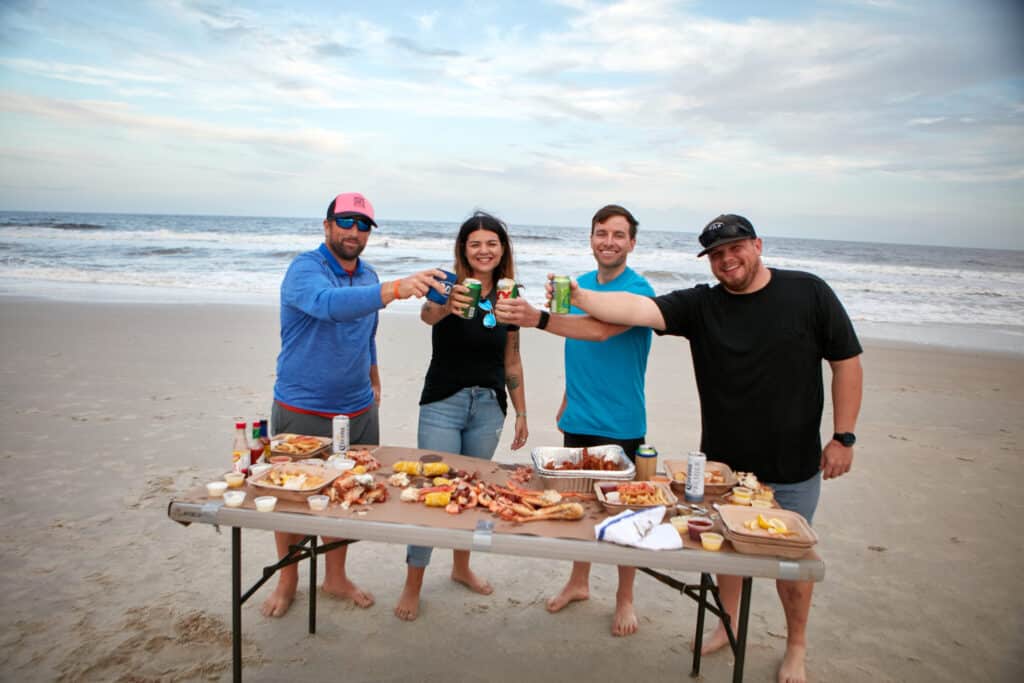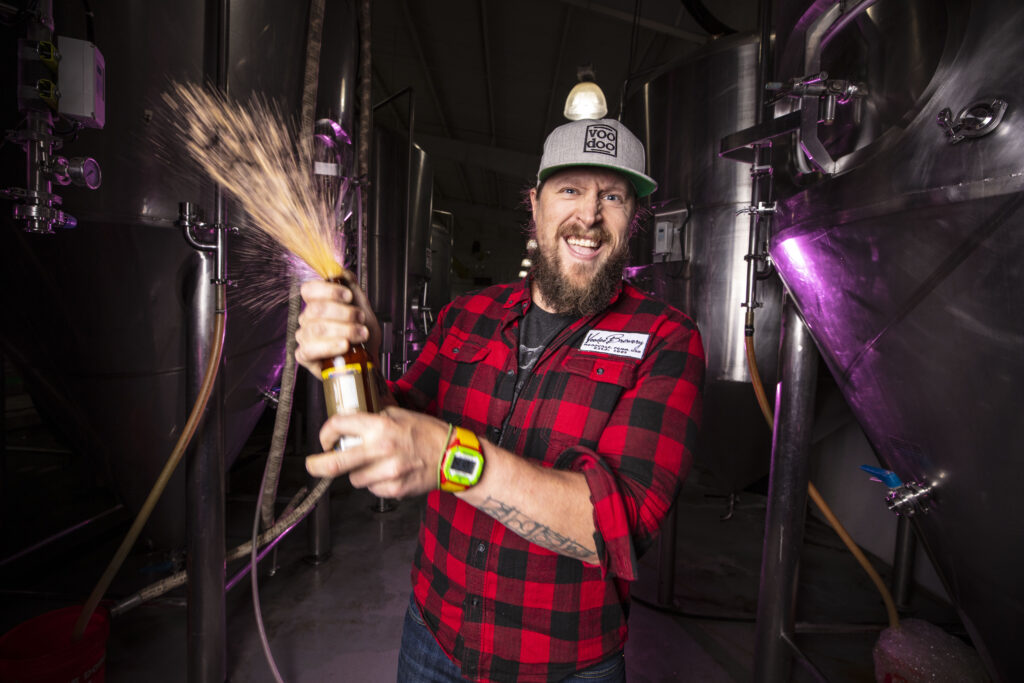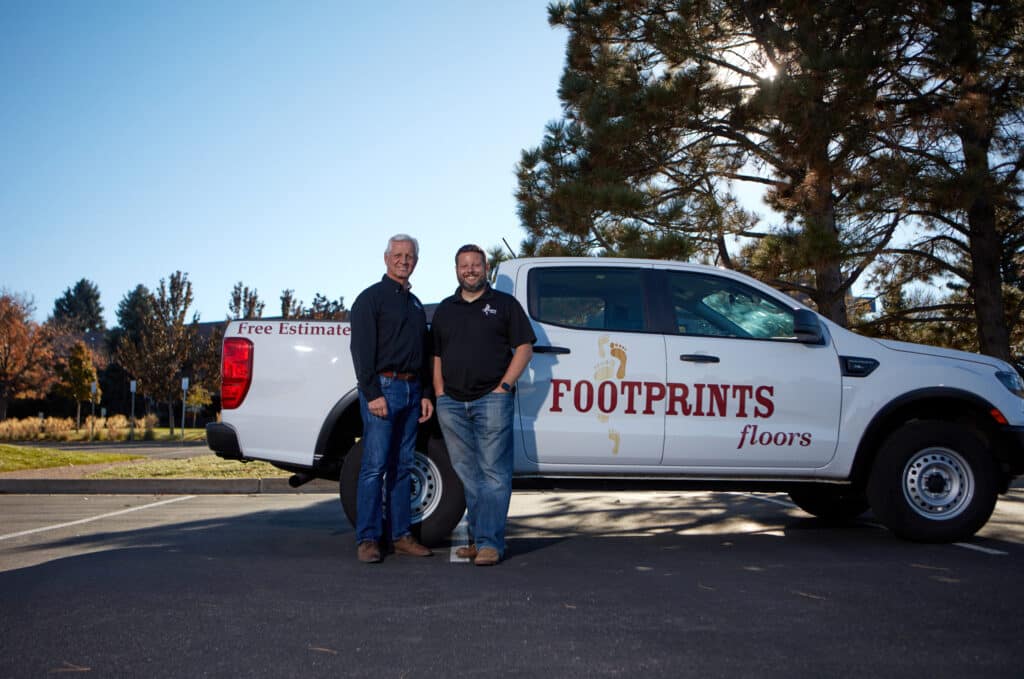The History of franchise businesses

In the early 1960s, an American businessman named Raymond Albert Kroc purchased the McDonald’s fast-food company, which was just over six years old. While he did grow the business into a highly profitable franchise growth network, he wasn’t the true founder of the American franchising industry.
Instead, that distinction goes to a woman by the name of Martha Matilda Harper. Harper transformed late 1800s American society by opening the Harper Hair Salons franchise, channeling her newfound power and wealth towards training an entire generation of business owners.
Harper’s story shows just how powerful the franchising business model has been as a tool for enfranchising hardworking individuals and offering them a vehicle through which they can access higher profit potential and lower-risk business ownership opportunities.
What Is a Franchise?
At a basic level, you may think about franchise businesses as nothing more than that. But by looking at its evolution throughout history, it’s clear that the franchising industry has been a revolutionary vehicle for upward economic mobility, for which it was originally named.
Although Harper can and should be properly recognized as the pioneer of American franchising, the original idea behind franchising dates back centuries.
Franchising as a business model can be traced back to the Middle Ages when it ultimately became a vehicle to grow product distribution channels for the brewery-pub industry in 18th-century Europe. The word “franchise”comes from an Anglo-French word meaning “liberty”. And the Middle French word “franchir” means “to free.”
The word “enfranchise” means enabling a person or group of people with no power. And throughout the history of franchising, we can see just how valuable the franchise business model has been and why it has so much further to go in the years to come.
Although we often use the word “technology” when referring to software and product capabilities, it can be used to describe any application of knowledge or innovation “to the practical aims of human life” or “to the change and manipulation of the human environment.”
And when it comes to replicating the proven success of a particular business concept, franchising opened the door for an entirely new industry that revolutionized how we replicate the success of already-proven business models.
Most of us aren’t born into wealth or power; for better or worse, we live out our lives without the economic security that others have. But this state of being doesn’t have to be permanent, especially in a country with as many available business opportunities for economic advancement as within the United States.
In the late 19th century, a young woman by the name of Martha Matilda Harper looked at the world around her and saw that unless she changed her life and status, she would remain a servant destined to a life of poverty and grueling labor. But she made a critical decision about her future that would change the course of her life—she decided to open a business and share her successes with an entire generation of underprivileged women.
Martha Harper’s Career and Franchise Development Timeline
Harper was a unique individual. Her successes were a combination of her intelligence, business acumen, and her passion for hair care, which was nurtured at the perfect moment in her life. These factors helped her overcome a life of poverty she was born into. Against the odds, she escaped that vicious cycle of servitude and became one of the most powerful business tycoons of the late 19th and early 20th centuries.
According to Harper’s biographer, Jane Plitt, the events of Harper’s lifetime unfolded as follows:
- 1857: Harper is born as the fourth of 10 children.
- 1864: Harper (alongside her siblings) is rented off as a laborer by her father, beginning a life of hard work as a servant.
- In 1869, Harper becomes acquainted with a local physician, who hires her as household help following the death of his wife.
- 1869-1879: Recognizing Harper’s intelligence and drive, the physician begins to encourage her interest in hair care and scalp hygiene, teaching her what he learned while studying the physiology of hair.
- 1879: At the age of 25, Harper is given a powerful and effective hair tonic recipe upon the death of the physician.
- 1888: Harper invests her life savings into opening her first Harper Hairdressing Parlor at the age of 31.
- 1891: Harper opens her second location in Buffalo, New York, which is now considered to be the very first retail franchise business in the United States.
- 1914: Harper opens her 134th Harper Hairdressing Parlor location, and her franchise business network now spans 128 cities across the United States, Canada, and Europe.
- 1921: In one year, from 1920-1921, Harper doubles the size of her franchise business empire from 175 to 350 shops, seizing on the changing cultural attitudes towards self-care and personal hygiene.
- Early 1930s: Harper’s struggle with dementia intensifies, so she puts her husband in charge of the business.
- 1950: Harper dies, leaving behind a powerful legacy and a 500-unit salon business empire.
Although franchising in America had humble beginnings, by the mid-1950s, it quickly ballooned into a gilded age —something that today’s aspiring franchisers should be wary of. It’s important to understand the history of franchising in America to avoid some major pitfalls.
At least a small part, thanks to McDonald’s, the 1960s transformed into a franchising “gold rush” of sorts. Hundreds of new franchisors entered the market during that decade, and thousands of new franchisees opened their first franchise businesses. But while franchisees for brands similar to McDonald’s and Kentucky Fried Chicken appeared to hit the jackpot, carving out significant success and accumulating generational wealth for their families, a considerable number of their counterparts, which licensed out the rights to far less successful franchise brands, were far less fortunate.
Take, for example, a franchise brand called Minnie Pearl’s Chicken. The company was created by John Jay Hooker – a politician without real food or restaurant experience. Hooker recruited 300 franchise owners by 1968 and had opened 250 franchise locations by 1970. The problem? Almost half of them had closed, with most franchise owners failing to turn a profit. A U.S. Securities and Exchange Commission (SEC) investigation found malpractice as the lawsuits began to swell, forcing a liquidation soon after.
Minnie Pearl’s Chicken wasn’t alone in its inability to effectively help franchisors turn a profit. And as a result, in 1978, the Federal Trade Commission (FTC) issued “The Franchise Rule,” which demanded that franchise brands create a “Uniform Franchise Offering Circular (OFOC),” an early iteration of what today is known as a brand’s franchise disclosure documents.
Since franchise businesses for sale tend to rise in popularity during economic downturns, it makes sense that regulatory attention would return to the franchising industry on the heels of the 2008 recession. That year, the FTC added further requirements to the OFOC, resulting in what is still known and utilized today as the Franchise Disclosure Document (FDD). This document offers a uniform and thorough set of details describing the relationship and responsibilities of both the franchisor and its respective franchisees when selling and buying a franchise.
As a result, while far from perfect, the franchising industry is far more regulated than it was in the “gold rush” days of the 1960s. But the FTC won’t necessarily step in and pluck the “bad” franchises out of the mix. Instead, it’s up to the aspiring franchisees to look long and hard at each franchising business opportunity and assess the quality of the deal for themselves.
1. Do Something Innovative
Just because you haven’t heard of a brand doesn’t mean anything about its potential for success. At their core, successful franchise businesses do something innovative.
Although Harper was “America’s first true franchisor” and had a franchise network of roughly 500 salons at the peak of her franchise business empire, most people have never heard of her. The exponential growth of the franchising business model, which took off in the 1960s, is what has made franchise businesses one of the world’s most powerful business expansion strategies today. And the franchise business model is only successful when the business concept at its core is truly innovative.
2. Do Your Due Diligence and Market Research
Harper’s approach to franchising her hair salon starkly contrasts some of the failed franchise brands of the early and mid-1960s.
For example, Harper had the wisdom and foresight to know that ultimately the market would determine her success. Before women had even gained the right to vote, Harper was engaging in her own market research, dreaming of the day when she might open her own haircare business.
While still working as a house servant, she spent her free time brewing new hair tonic recipes, searching for the best one. She would run small market tests, handing out hair tonic samples door to door and waiting to hear back on their reception.
In stark contrast, those who blindly dove into owning franchise businesses during the franchising “gold rush” of the 1960s opened hundreds of franchise businesses that failed almost immediately. Before buying a franchise, aspiring franchisees need to do their own due diligence and conduct the necessary market research to decide whether a particular franchise brand is likely to succeed in its preferred market.
3. Timing is Everything
As mentioned before, franchise businesses are a transformative technological tool, helping our societies grow and advance by offering us unique products and services through a rapid business expansion strategy. Not every business truly delivers innovation with that degree of potential. But when it does, its franchise businesses must expand rapidly before a competitor can rip off the unique business concept and claim the market share made possible by the original business owner’s unique idea.
Now that more independent business owners are discovering the advantages of franchising over expanding through the traditional chain method, we are seeing significant growth in franchise businesses. This trend becomes especially pronounced during periods of economic downturn due to the franchise business model’s resiliency.
In fact, following the 2008 economic collapse, we saw an increase of about 40% in new franchise business owners, and in 2021 Raintree saw an increase of closer to 1100% more franchises awarded than we typically see in a calendar year. The waves of business opportunity in franchising should be thought of as guaranteeing a high volume of activity, generating winners and losers of varying degrees.
So not only is it important to select a franchise opportunity that offers a truly innovative business concept and is well suited to your market, but it’s also important to seize market openings as they appear because timing is everything.
If you’re interested in becoming a franchisee, rest assured that we are entering a franchising “gold rush,” and there will be plenty of business opportunities. But it’ll take some real skill and franchise industry insight to select a “big winner” from a pool that will overwhelmingly be composed of “slight winners,” “slight losers,” and “big losers.”
Raintree is a franchise development and sales organization leading the industry in national franchise sales. We have a proven process for vetting franchise brands and matching each franchise business location with a dedicated and successful franchise owner.
Don’t go alone searching for a quality franchise business for sale. Contact our franchise development experts and learn about the top-quality franchise brands in our portfolio by visiting our website and scheduling a consultation today!
Crockett, Zachary. “The House Servant Who Pioneered the Franchising Business Model.” The Hustle. https://thehustle.co/the-servant-who-invented-the-modern-hair-salon/amp/.
The Editors of Encyclopedia Britannica. “Ray Kroc: American Businessman.” Britannica. https://www.britannica.com/biography/Ray-Kroc.
“A Brief History of Franchising.” Mario L. Herman. https://www.franchise-law.com/franchise-law-overview/a-brief-history-of-franchising.shtml.
“Technology.” Britannica. https://www.britannica.com/technology/technology.

CHAPTER 2:
Lorem ipsum dolor sit amet, consectetur adipiscing elit. Ut elit tellus, luctus nec ullamcorper mattis, pulvinar dapibus leo.

Lorem ipsum dolor sit amet, consectetur adipiscing elit. Ut elit tellus, luctus nec ullamcorper mattis, pulvinar dapibus leo.

Lorem ipsum dolor sit amet, consectetur adipiscing elit. Ut elit tellus, luctus nec ullamcorper mattis, pulvinar dapibus leo.

Lorem ipsum dolor sit amet, consectetur adipiscing elit. Ut elit tellus, luctus nec ullamcorper mattis, pulvinar dapibus leo.

1040 S Gaylord St.
Denver CO 80209
[email protected]



